Cardiac tumors are rare growths that can develop in the heart or its surrounding structures. These tumors can be either benign (non-cancerous) or malignant (cancerous), and they may originate in the heart (primary tumors) or spread from other parts of the body (secondary or metastatic tumors). While cardiac tumors are uncommon, they can cause serious complications, including heart failure, arrhythmias, and embolic events. In this blog post, we’ll explore the classification and pathophysiology of cardiac tumors, their diagnosis, and the various treatment options available, including surgical and medical management.
1. Classification and Pathophysiology of Cardiac Tumors
Cardiac tumors are classified based on their origin and behavior:
- Primary Benign Tumors:
- Myxoma: The most common primary cardiac tumor, usually found in the left atrium.
- Lipoma: A fatty tumor that can occur in any part of the heart.
- Papillary Fibroelastoma: A small, benign tumor often found on heart valves.
- Primary Malignant Tumors:
- Sarcomas: The most common type of malignant cardiac tumor, including angiosarcoma and rhabdomyosarcoma.
- Secondary (Metastatic) Tumors: These are more common than primary tumors and result from cancers spreading to the heart from other organs, such as the lungs, breast, or skin (melanoma).
The pathophysiology of cardiac tumors depends on their location and size. Tumors can obstruct blood flow, interfere with valve function, or disrupt the heart’s electrical system, leading to symptoms like heart failure, arrhythmias, or embolic events.
2. Diagnosis and Imaging of Cardiac Tumors
Early and accurate diagnosis is crucial for managing cardiac tumors. Common diagnostic tools include:
- Echocardiography: The primary imaging tool for detecting cardiac tumors, providing detailed images of the heart’s structure and function.
- Cardiac MRI or CT: Offer high-resolution images to assess tumor size, location, and involvement of surrounding tissues.
- Transesophageal Echocardiography (TEE): Provides clearer images of tumors in the atria or valves.
- Biopsy: In some cases, a tissue sample may be taken to confirm the diagnosis and determine the tumor type.
3. Surgical Management of Cardiac Tumors
Surgery is the primary treatment for most primary cardiac tumors, especially benign ones like myxomas. Key surgical approaches include:
- Tumor Resection: The tumor is removed along with a margin of healthy tissue to prevent recurrence.
- Valve Repair or Replacement: If the tumor involves a heart valve, the valve may need to be repaired or replaced.
- Reconstruction of Heart Structures: In cases where the tumor has damaged parts of the heart, reconstruction may be necessary.
Surgery for malignant tumors is more challenging and often involves a multidisciplinary approach, including oncologists and cardiologists.
4. Medical Management of Cardiac Tumors
For malignant or metastatic cardiac tumors, medical management plays a crucial role. Key strategies include:
- Chemotherapy: Used to shrink tumors or control their growth in cases of primary or metastatic cancers.
- Radiation Therapy: May be used to target tumors that cannot be surgically removed.
- Targeted Therapy: Drugs that specifically target cancer cells, often used for sarcomas or metastatic tumors.
- Palliative Care: Focuses on relieving symptoms and improving quality of life for patients with advanced disease.
5. Long-Term Follow-Up and Monitoring
Patients with cardiac tumors require ongoing monitoring to detect recurrence or complications. Key aspects of follow-up include:
- Regular Imaging: Periodic echocardiograms, MRIs, or CT scans to monitor for tumor recurrence.
- Cardiac Function Assessment: Evaluating heart function and managing any residual effects of the tumor or treatment.
- Oncologic Care: For patients with malignant tumors, regular check-ups with an oncologist are essential.
6. Innovations in Cardiac Tumor Treatment
Research and technology continue to improve outcomes for patients with cardiac tumors. Innovations include:
- Minimally Invasive Surgery: Techniques like robotic-assisted surgery reduce recovery time and complications.
- Advanced Imaging: Improved imaging technologies allow for earlier and more accurate diagnosis.
- Personalized Medicine: Tailoring treatment based on the genetic profile of the tumor.
Conclusion
Cardiac tumors are rare but serious conditions that require a multidisciplinary approach to diagnosis and treatment. From understanding their classification and pathophysiology to implementing surgical and medical interventions, there are numerous ways to manage cardiac tumors and improve patient outcomes. If you or a loved one are experiencing symptoms like shortness of breath, chest pain, or unexplained arrhythmias, consult a healthcare professional to explore your options. With early diagnosis and advanced treatments, patients with cardiac tumors can achieve better outcomes and improved quality of life.



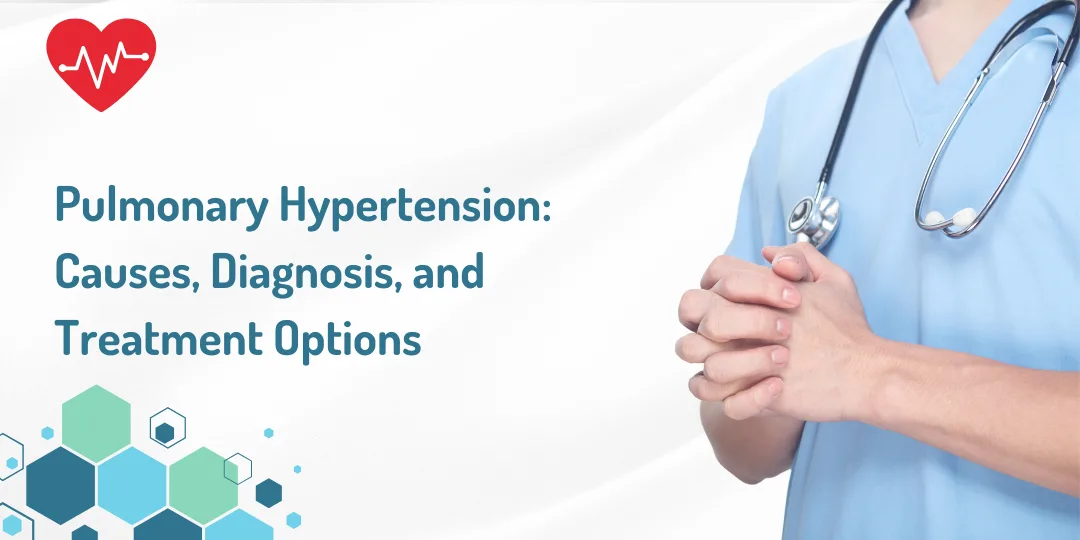
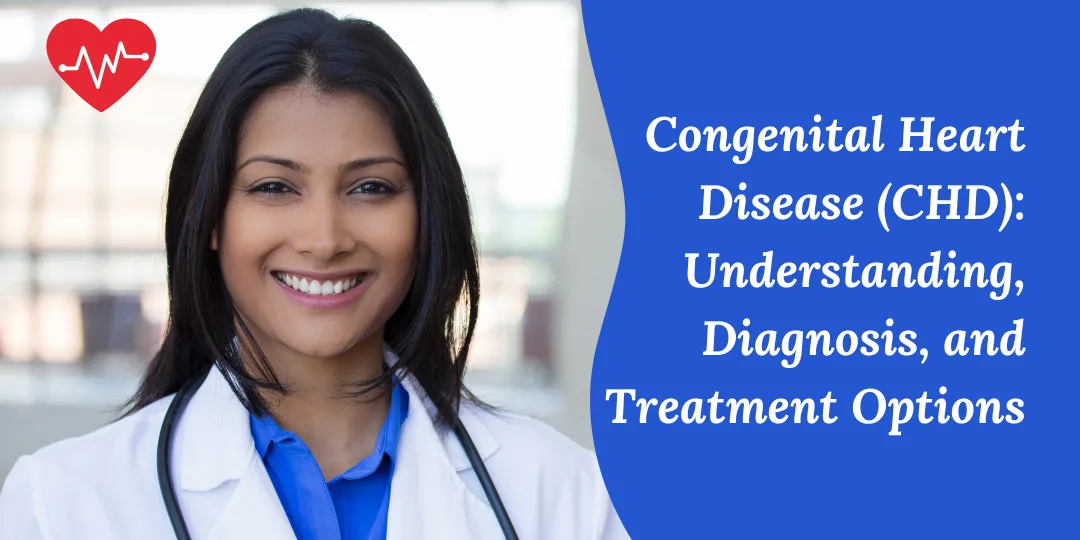
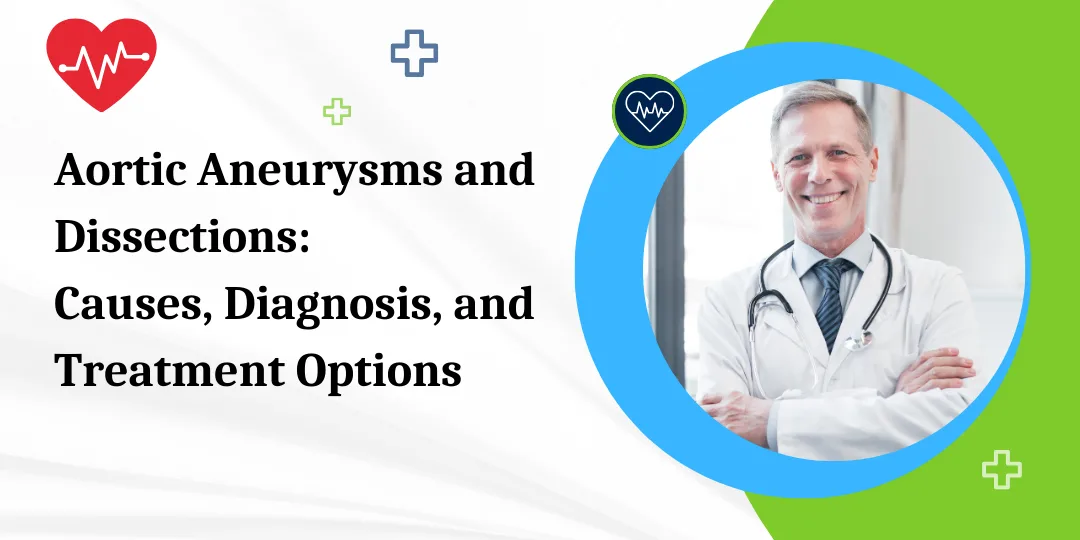
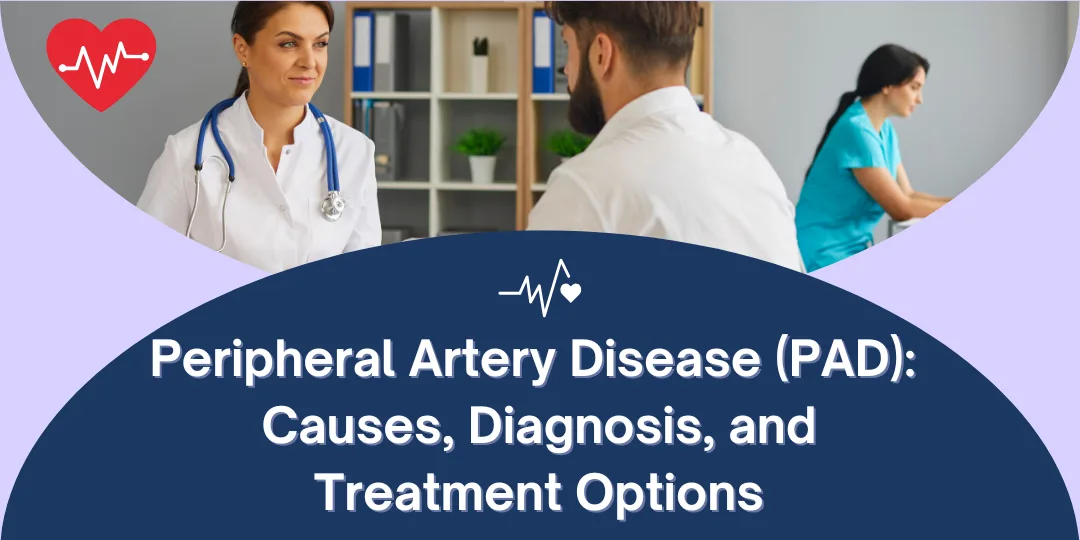
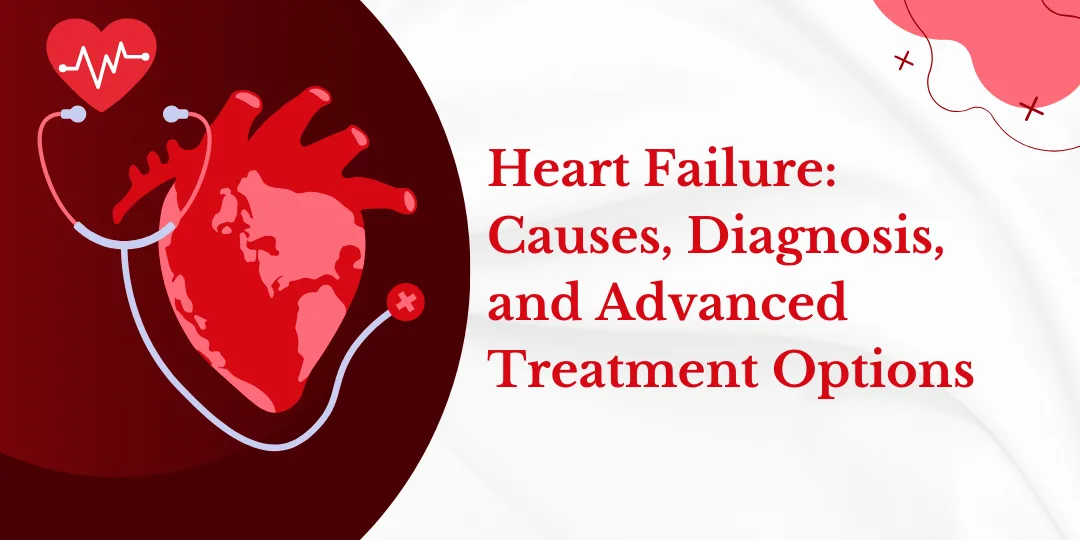
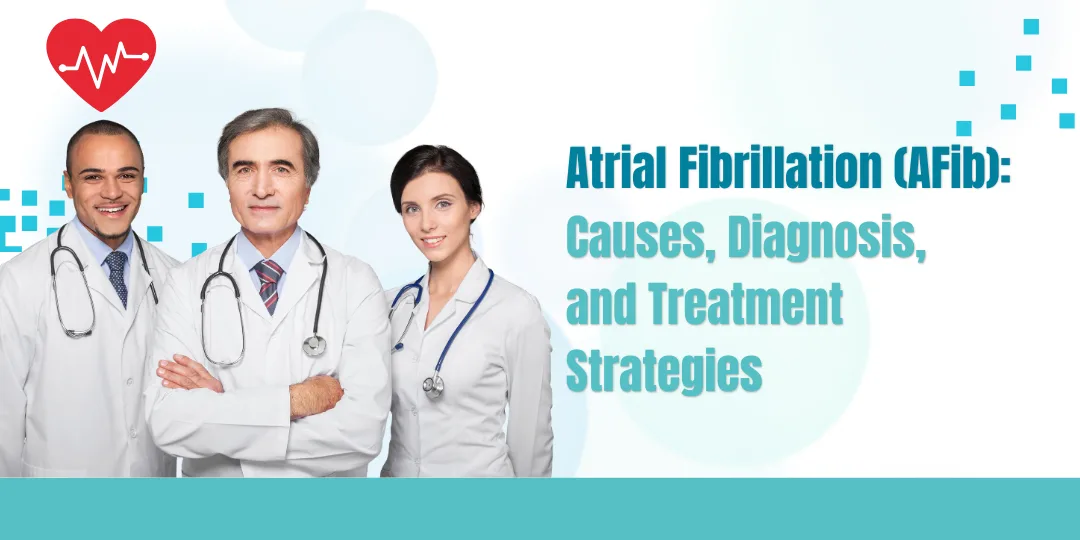

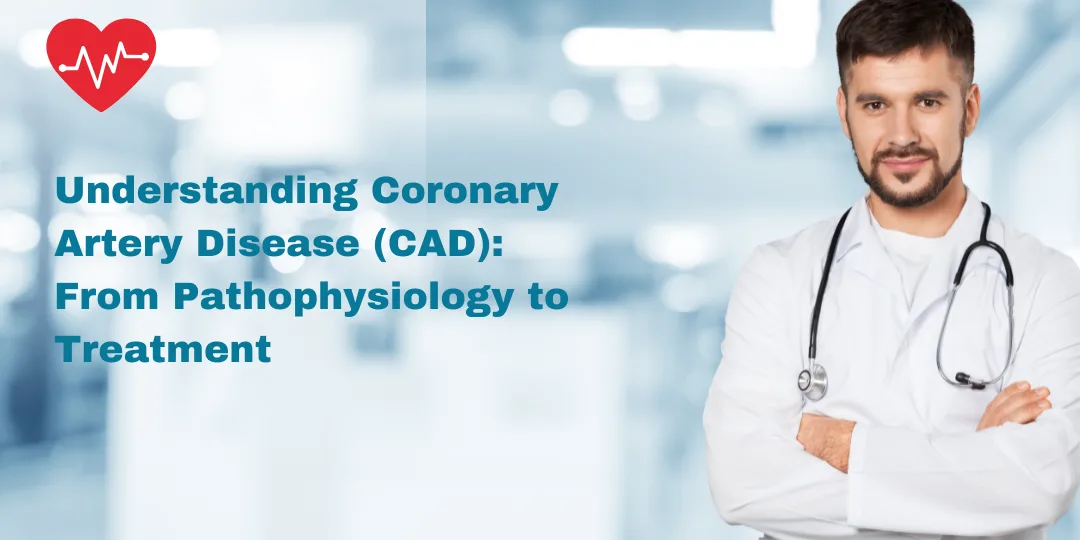

0 Comments